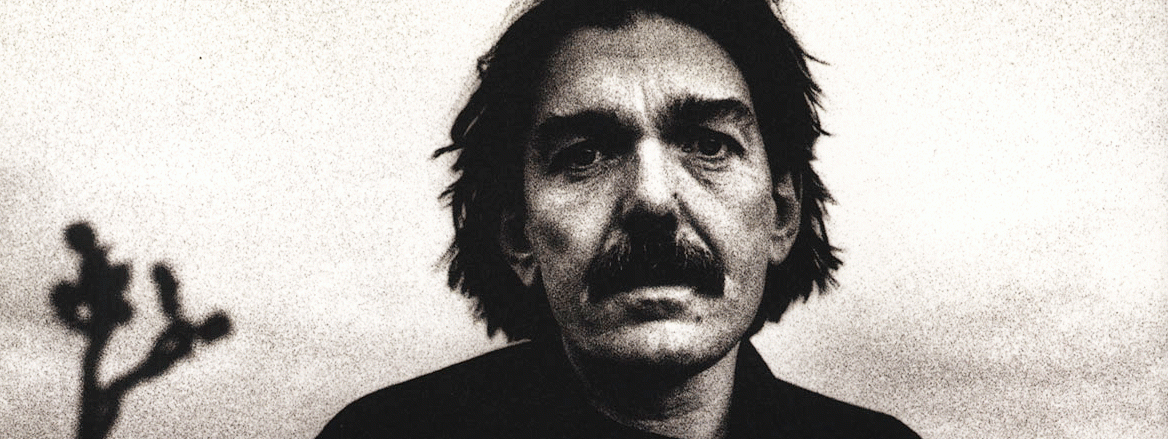An American original through and through, Captain Beefheart (born Don Van Vliet in Lancaster, Calif.) was a profound influence on the cutting edge music of the ’70s and ’80s. Such New Wave artists as Pere Ubu, Devo and Public Image Ltd. owe a sizable debt to the quirky and challenging sounds of this iconoclast. Unfortunately, most of the listening public didn’t, and doesn’t, know Captain Beefheart from Captain Kangaroo.
Beefheart albums were hailed by critics but shunned by commercial radio as being simply too weird for popular consumption. Indeed, it says a lot about the rather oblique nature of the Captain’s music that “Doc at the Radar Station” is among his more accessible works, and it’s still pretty far out there.
With its many herky-jerky rhythms and off-kilter arrangements, “Doc” is in many ways a typical Beefheart opus, intended to shake up the rock ‘n’ roll status quo. “Brickbats,” with its odd instrumental dissonance and skewed vocals by our lovable eccentric, aptly captures his inimitable, anything goes approach. One also can sense Beefheart having loads of fun during “Making Love to a Vampire With a Monkey on My Knee”: Combining some blue language with avant-rock trimmings and schlock-horror film score influences (dig that surreal use of the mellotron), it’s like nothing you’ve ever heard.
Portions of this album do stray as close to the mainstream as you’re likely to find Beefheart getting. “Sue Egypt” reveals some of his early blues and soul influences. His guttural singing recalls the wicked intonations of Howlin’ Wolf, and the song’s grinding guitar riffs are of a Stones-like rawness. The catchiest number here is “Run Paint Run Run.” Anchored by a tribal rhythm, it comes with a chorus you can practically hum in the shower. It most likely is a reference to Beefheart’s love of painting (his art work is represented on the cover).
He recorded one more album after “Doc at the Radar Station” (1982’s “Ice Cream for Crow”) before retiring from the music scene and taking up painting full time.
